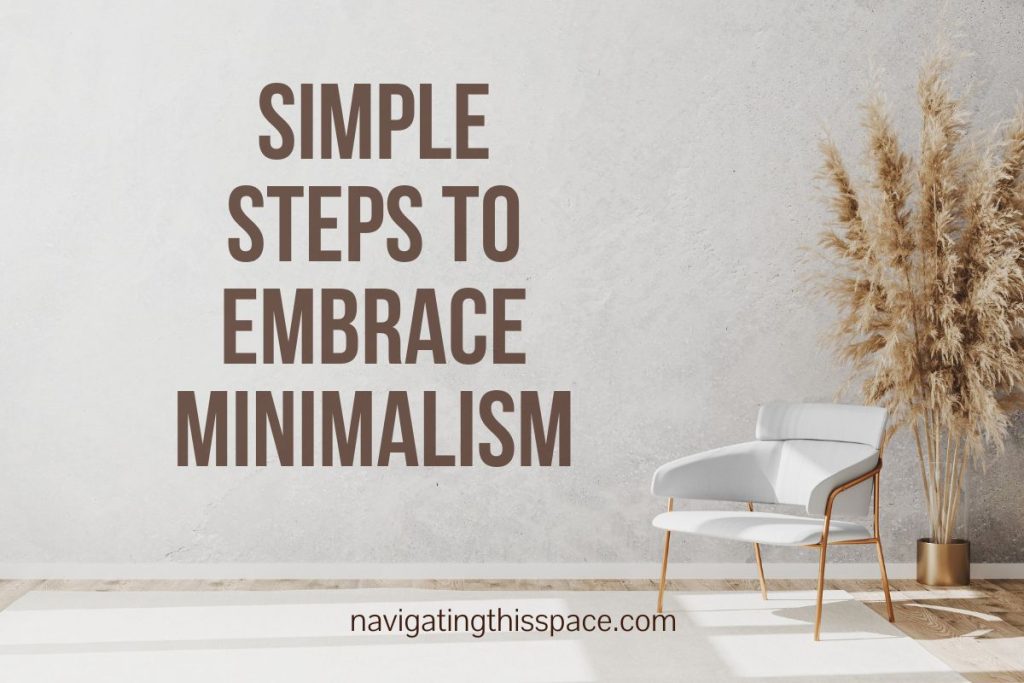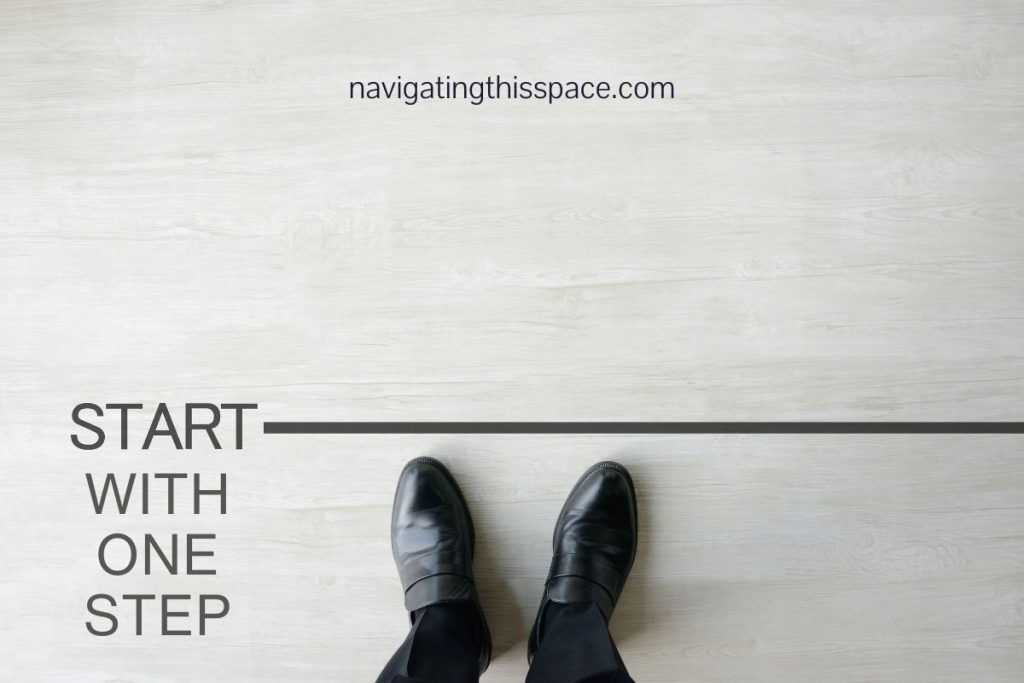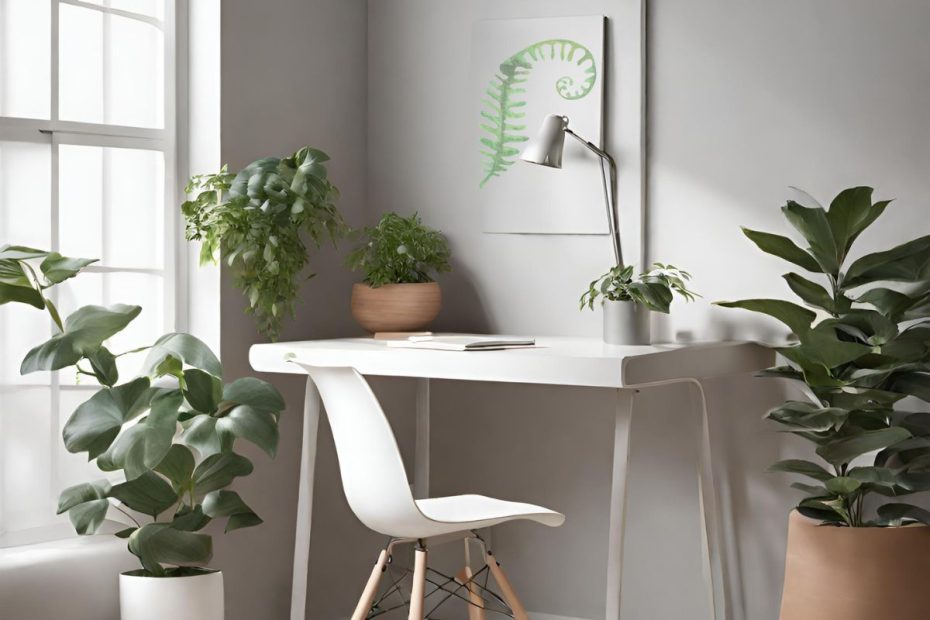Living with less can open the door to living with more joy, purpose, and meaning.
In today’s consumer culture, getting caught up in buying and accumulating more stuff is easy.
But don’t you feel that the happiest individuals often embrace a minimalist lifestyle?
Minimalism is keeping only what brings value and eliminating the rest. It’s about decluttering your physical space and mind to make room for what truly matters.
With some effort, minimalism can enhance your mental health, relationships, and overall well-being.
In this post, I’ll share 9 easy steps to help you embrace minimalism. From understanding your motivation to overcoming obstacles along the journey, you’ll find practical tips to begin on the path to simplicity.
With a little intentionality, you can discover the freedom, focus, and joy of living with less.
9 Easy Steps to Embrace Minimalism

1. Know Your “Why.”
Before embarking on your minimalism journey, take some time to reflect on why you want to live with less.
The truth is: knowing your motivation will help guide your path and keep you committed when challenges arise.
- Do you want to reduce stress and find more inner peace?
- Are you hoping to save money or pay off debt?
- Is your goal to have more time and energy for experiences and relationships?
Identify the core reasons that minimalism appeals to you. Write them down somewhere visible to remind yourself of your “why” when needed. Revisiting your motivation can reignite your passion if you ever feel it is fading.
A clear “why” will help you stay focused on what matters most as you begin decluttering and making changes.
Let your reason guide you toward the simplicity and joy you seek rather than getting lost in the details of minimalism.
2. Assess Your Current Lifestyle.
Before minimizing, taking stock of your current lifestyle and possessions is vital.
So, here’s what you can do:
- Walk through each room and space in your home, noting items you have and how they currently serve (or don’t serve) you.
- Check your calendar and routine to identify obligations and activities that may or may not spark joy.
- Examine your shopping habits and spending patterns to recognize excess. Look at the apps and subscriptions you pay for monthly.
- Consider how you spend your free time and who you spend it with.
All this assessment allows you to see what additions or subtractions would help you live more minimally. Identify areas of excess that drain rather than fulfill you.
This step provides crucial baseline awareness so you know what to tackle when decluttering and simplifying.
3. Set Clear Goals.
Once you know your motivation and have assessed where you currently stand, it’s time to get specific by setting clear goals.
Outline what minimalism success looks like for you.
Do you aim to declutter your closet by 50%? To save $X monthly by cutting certain subscriptions? To spend 5 fewer hours on your phone each week?
Whatever your specific goals, make sure they are realistic and measurable so you can track progress.
Break bigger goals down into smaller action steps if needed. Writing your goals makes them tangible.
Post them as reminders and revisit them often to check in on your minimalism journey. Having defined goals will help you minimize them mindfully rather than haphazardly.
4. Declutter Your Physical Space.
Decluttering your living space is often the first place to start embracing minimalism.
Go room by room, sorting through each one thoroughly. Be ruthless in deciding what to keep and what to discard or donate.
Ask yourself for each item:
- Have I used this in the past year?
- Does it serve a purpose or spark joy?
- Could it be replaced if absolutely needed?
Anything that no longer fits your lifestyle or goals can likely go!
Paring down possessions takes time but feels liberating. Start with easy wins like clearing closet clutter or removing kitchen gadgets you never use.
Aim to declutter a little each day rather than all at once.
Having less stuff makes cleaning easier too. Managing your physical environment is a tangible way to begin embracing simplicity.
5. Cultivate Minimalist Habits.
Once you’ve decluttered your living space, cultivate daily habits that align with minimalist values.
Here’s a quick list of habits you can adopt today:-
- Make your bed each morning to maintain order.
- Implement a regular cleaning routine to stay on top of messes rather than letting them pile up.
- Meal prep a few times a week to cut down on food waste.
- Unsubscribe from marketing emails to reduce digital clutter.
- Institute “no spend” days where you use what you already have rather than buy something new.
- Postpone non-essential purchases by 1-2 weeks to ensure they are worthwhile.
Changing small behaviors creates big changes over time. Minimalist habits reinforce the ethos of living intentionally with only what you need.
6. Nurture Minimalism In Relationships.
Humans are relational beings!
While minimalism often focuses on material possessions, also consider how to apply it to your relationships.
Nurture a few deep, meaningful connections rather than shallow small talk with acquaintances. Release relationships that feel drained or imbalanced to make space for healthier ones aligned with your values.
With loved ones, focus conversations on quality time together rather than comparison or complaints.
Minimalism allows you to give your full presence and heart to the people who matter most. Cultivating depth over quantity in relationships will further enrich your minimalist life.
7. Overcome Challenges and Obstacles.
The truth is, adopting minimalism often brings up challenges and obstacles along the journey.
You may struggle to part with certain possessions or have loved ones who don’t understand this lifestyle. Old habits you relied on for comfort may resurface during stressful moments.
When challenges arise, first acknowledge these are normal parts of growth rather than signs to give up.
Reflect on what triggered your discomfort and how your reason (you “why”) for minimalism can steer you forward.
If emotions feel overwhelming, take a break to reset before continuing. Seek encouragement from like-minded minimalists in online communities.
With patience and persistence, remaining committed to your purpose will help you work through hurdles as they come up.
Each obstacle presents an opportunity to get clearer on what you value most!
8. Celebrate Milestones In The Minimalism Journey.
As you adopt this new lifestyle, remember to acknowledge and reward your efforts along the way.
Celebrate purging your bookshelves, display mementos from your favorite trip after minimizing belongings, or treat yourself to an experience after hitting your first savings goal.
Reflect on how minimizing certain areas has positively impacted your days. Even small milestones deserve recognition for the dedication required to achieve them.
Marking achievements gives a sense of accomplishment, motivating you to keep going. Share your minimalist victories with supportive friends and family, allowing others to celebrate with you.
Also, don’t forget gratitude feeds dedication. So, make sure to take time to appreciate how far you’ve come rather than focusing only on what’s left to do.
Celebrating progress makes the minimalist journey more meaningful.
9. Embrace Minimalism As A Lifelong Journey.
Here’s the thing, dear. The pursuit of minimalism does not have an endpoint but rather is an ongoing lifestyle and mindset.
There will always be more possessions to sort through and declutter as life changes. New goals and areas of focus will surface over time.
The temptation of consumer culture never completely disappears. Ups and downs in motivation are normal, even years into the process.
For these reasons, think of minimalism as a lifelong journey of growth rather than a final destination. Maintain your commitment to simple and intentional living while allowing flexibility.
Find a minimalist approach that feels sustainable forever, not restrictive.
Patience and compassion for yourself will smooth out the path.
Minimalism requires lifelong dedication, but each day is an opportunity to renew your purpose.
Ensure to embrace the joyful journey.
It Starts With One Step

I know it well; embracing minimalism can seem daunting at first. However, taking small steps each day towards simplicity, guided by your motivation, will start to shift your lifestyle in meaningful ways.
Decluttering creates space.
Building new habits reinforces mindfulness.
Nurturing depth in relationships brings more joy than clutter ever could.
With patience and compassion, challenges transform into opportunities for growth.
Minimalism requires commitment as an ongoing journey, but the rewards of focus, gratitude, and purpose make the effort worthwhile.
Start where you are, do what you can, and trust the process.
Reduce clutter, increase peace, and find freedom.
The joy of living with less is available to anyone willing to simply take the first step.
Have fun on your minimalism journey, mate!
Questions You May Have
Is minimalism only about getting rid of all possessions?
No, minimalism is not about getting rid of all possessions! It is about keeping only belongings that provide value, utility, or joy. The exact number of items to keep varies by individual. Some may only keep 100 items, while for others, minimizing clutter while still retaining some sentimental pieces works better. Rather than achieving a set number, the focus is on intentionality and purpose behind possessions. Minimalism looks different for everyone.
How do I start embracing minimalism if I have sentimental attachments?
If you struggle to part with sentimental items, start with easier categories, like clothes or books. Set aside sentimental pieces for last after you’ve practiced decluttering other areas. When you minimize sentimental items, take photos of them, keep a small part of it, or pass it on to someone who would cherish it. Decluttering in small steps and finding creative ways to honor sentimental value can help overcome attachment.
Can minimalism improve mental well-being?
Yes, embracing minimalism can absolutely benefit mental well-being! Clutter and excessive possessions often create a distraction and cause overwhelm. By decluttering, you remove visual noise that competes for your attention. With less clutter, your mind feels lighter and clearer to be present which inevitably boosts mental health.



